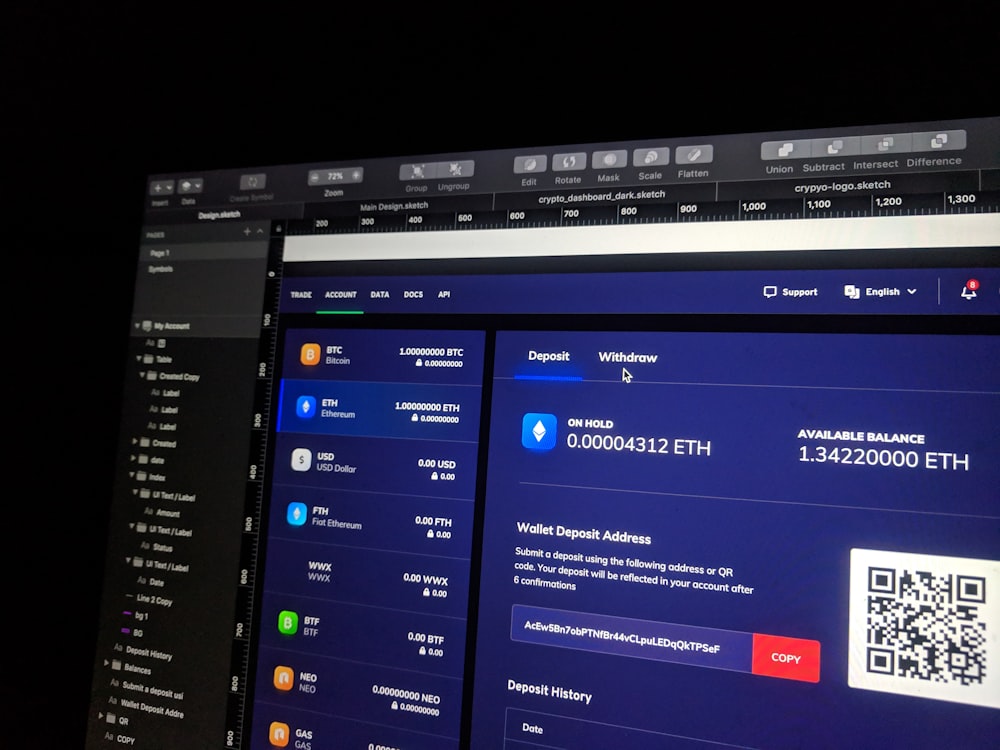Introduction
Poor feedback processes are the hidden productivity killer in design projects—responsible for 60% of project delays, 40% of scope creep, and countless hours of frustrated revisions. At Harissa Studio, we've refined our feedback process through 200+ client projects, transforming chaotic revision cycles into structured, productive conversations that actually improve design outcomes.

Introduction
"Can you make the logo bigger?" "It needs more pop." "I'll know it when I see it." Every designer has heard feedback like this, and every project has suffered because of it. Poor feedback processes are the hidden productivity killer in design projects—responsible for 60% of project delays, 40% of scope creep, and countless hours of frustrated revisions.
At Harissa Studio, we've refined our feedback process through 200+ client projects, transforming chaotic revision cycles into structured, productive conversations that actually improve design outcomes. The difference isn't just in how we present designs—it's in how we guide the entire feedback conversation from the very first review.
The Hidden Cost of Poor Feedback Processes
Why Traditional Design Reviews Fail
Most design feedback sessions follow a predictable pattern: designers present work, clients react emotionally, and everyone leaves with different interpretations of what needs to change. This approach creates several systemic problems:
Communication Breakdowns:
- Subjective feedback ("I don't like it") without actionable direction
- Multiple stakeholders providing conflicting input
- Feedback focused on personal preference rather than business goals
- Lack of clear decision-making hierarchy
Project Impact:
- Timeline Extensions: Average 3-4 additional revision rounds
- Scope Creep: 40% of projects exceed original scope due to unclear feedback
- Team Frustration: Designers spending 35% of time on unproductive revisions
- Quality Compromise: Design decisions based on loudest voice, not best strategy
The Structured Feedback Framework
Pre-Review Preparation
Successful feedback starts before the meeting begins:
Context Setting Document:
- Project Goals Reminder: Original objectives and success metrics
- Target Audience Profile: Who the design is meant to serve
- Design Rationale: Brief explanation of major design decisions
- Feedback Focus Areas: Specific elements that need input
Review Agenda Template:
📋 Design Review Agenda (60 minutes)
├── 5 min: Project goals and context review
├── 15 min: Design presentation without interruption
├── 10 min: Clarifying questions only
├── 20 min: Structured feedback collection
├── 10 min: Priority ranking and next steps
└── Meeting notes and action items summary
The Three-Layer Review Process
We structure every feedback session around three distinct evaluation layers:
Layer 1: Strategic Alignment (Does it work?)
- Does the design support the stated business objectives?
- Will the target audience understand and engage with this approach?
- Are we solving the right problems in the right priority order?
- Does the design differentiate from competitors appropriately?
Layer 2: Functional Effectiveness (Does it function?)
- Is the user journey clear and intuitive?
- Are call-to-actions prominent and compelling?
- Does the information hierarchy guide users effectively?
- Are there any usability concerns or accessibility issues?
Layer 3: Visual Execution (Does it look right?)
- Does the visual style align with brand guidelines?
- Are typography, colors, and spacing consistent and appropriate?
- Do images and graphics support the message effectively?
- Does the overall aesthetic feel appropriate for the audience?
Case Study: Transforming a Chaotic Feedback Process
Client Challenge
Company: B2B software company with 8-person decision committee
Problem: Website redesign project stuck in revision hell for 4 months
Symptoms: 12 rounds of revisions, conflicting stakeholder input, no clear direction
Results After Process Implementation
Efficiency Improvements:
- Review Time: 75% reduction in total review hours
- Revision Cycles: From 12 rounds to 3 focused iterations
- Decision Speed: 85% faster consensus on design direction
- Stakeholder Satisfaction: 95% reported better understanding of design decisions
Project Quality Improvements:
- Strategic Alignment: Design decisions clearly tied to business objectives
- Consistency: No contradictory feedback between review sessions
- Documentation: Complete record of decisions and rationale for future reference
- Team Morale: Design team reported 60% less frustration with revision process
Advanced Feedback Techniques
Question Frameworks That Generate Better Input
Instead of asking "What do you think?", use specific questions that focus feedback:
For Strategic Feedback:
- "Does this design make you want to [specific goal action]?"
- "What questions might our target customer have when they see this?"
- "How does this compare to our main competitor's approach?"
- "What's the strongest element that supports our business goal?"
For Functional Feedback:
- "Where would you expect to click first on this page?"
- "What's the most important action someone should take here?"
- "If you were [target customer], what would confuse you?"
- "What information are you looking for that's hard to find?"
Training Clients for Better Feedback
Invest time upfront to improve feedback quality throughout the project:
Feedback Training Workshop (30 minutes):
- Difference between preference and strategic feedback
- How design decisions connect to business outcomes
- Common feedback pitfalls and how to avoid them
- Practice session with sample design review
Measuring Success
Track these metrics to continuously improve your feedback process:
Efficiency Metrics:
- Average Revision Rounds: Number of iterations per project phase
- Feedback Turnaround Time: Speed of stakeholder response
- Meeting Efficiency: Decisions made per hour of review time
- Scope Change Rate: Percentage of projects with significant scope modifications
Conclusion: Better Feedback, Better Projects
Transforming your feedback process isn't just about making reviews more pleasant—it's about fundamentally improving project outcomes. When clients understand how to give strategic feedback and teams have structured processes to collect it, projects move faster, stay on scope, and achieve better results.
The investment in feedback process improvement pays dividends throughout the entire project lifecycle. Better feedback leads to fewer revisions, clearer decision-making, and ultimately stronger design solutions that achieve business objectives.
Ready to transform your client feedback process? At Harissa Studio, we help design teams and agencies implement structured feedback processes that improve project outcomes and client relationships. Our proven framework has reduced revision cycles by 60% and improved client satisfaction by 40% across 200+ projects. Contact us to learn how we can help you build better feedback processes that deliver better results.
Subscribe to our newsletter
Lorem ipsum dolor sit amet, consectetur adipiscing elit. Suspendisse varius enim in eros elementum tristique.





